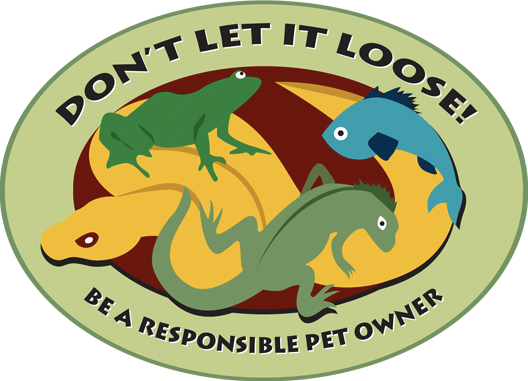Invasive pest insects are a significant threat to our urban and wild forests. Spongy moths, Asian long-horned beetles, murder hornets, spotted lanternflies and many other species have the potential to devastate our plant and natural resources. Just one species, the emerald ash borer, has killed tens of millions of trees and is rapidly expanding to new areas.
The pace of global shipping has increased the ability of invasive insects to reach North America. Invasive plant pests can spread to new locations on nursery plants, Christmas trees and wreaths, and other plant products. Transporting firewood is also a common way plant pests can be spread. We all need to take action to help protect our trees. ISAN has developed a unique program that teaches people to recognize and report some of the worst invaders. This program uses fly tying as a basis for educating about the problem.
Through the Forest Pest Fly Tying Project professional and recreational fly tiers learn to tie fly patterns that accurately represent the insects we are concerned about.
spotted lantern fly
How Can You Get Involved?
Fly tiers:
You can learn to tie realistic pest flies and conduct public demonstrations to teach others. Learn more about the program by downloading our Forest Pest Project Fly Tiers Handbook.
Check out our fly tying series on pests. Master these flies and share what you have learned at fly tying expositions, club events or other fly tying classes.
Outdoor enthusiasts:
Whether you spend time outdoors hiking, fishing, camping or gardening paying attention to insects and signs of their activity can be a big help. You can report unusual sightings to First Detector Report a Pest or Early Detection and Distribution Mapping System.
Check out some of the forest pests we are most concerned about at DontMoveFirewood.org. Since forest pests can be moved on firewood, the next time you go camping remember to buy it where you burn it and please don’t transport firewood long distances. Learn more about firewood and forest pests at DontMoveFirewood.org.
Forest Pest Fly Tying Videos
The art of fly tying is a past time that uses all manner of materials – fur, feather, foam and hook – to create renditions of insects. ISAN took the creative pursuit of fly tying and combined it with invasive pests. The videos featured here provide basic instructions on tying several invasive pests, coupled with materials and directions. With the exception of the Asian Long-horned Beetle, all of the below invasive pest flies were created and designed by Sam Pleshar of Montana.
Spotted Lantern Fly adult – wings open – instructions
Spotted Lantern Fly adult – wings over abdomen – instructions
Asian Long-horned Beetle – instructions
Spongy Moth – instructions
Nun Moth – instructions
Marmorated Stink Bug – instructions
Murder Hornet – instructions
Other Outreach Resources:
Don’t Let It Loose
Since 2010, ISAN has worked with western state governments and independent pet stores to publicize options for pet owners who are no longer able or willing to care for their exotic pets. If you are looking for options now, please visit our Don't Let It Loose website...
Non-Motorized Boater Outreach
The non-motorized boater outreach project seeks to engage non-motorized boaters through a combination of mass market outreach and one-on-one interactions with boaters. ISAN focuses on several regions to tackle this work: the Greater Yellowstone Area, the Grand Canyon,...
Boot Cleaning Stations
The Invasive Species Action Network has designed boot cleaning stations that are an easy way to encourage cleaning and get the cleaning job done. There are two different designs of cleaning stations - a tub-style and hose style - which can be incorporated into fly...



